ZERO
... a fine and wonderful refuge of the divine spirit - almost an amphibian between being and non being. --- Gottfried Leibniz
- The first thing to say about zero is that the use of zero is extremely important .
It is used as an empty place indicator in our place-value number system. Hence in a number like 1502 , the zero is used so that the positions of the 1 and 5 are correct. Clearly 152 means something quite different
- The name "zero" derives ultimately from the Arabic sifr which also gives us the word "cipher".
- The first use of the symbol which we recognise today as the notation for zero "0" is omicron, the first letter of the Greek word for nothing namely "ouden".
- THE FIRST RECORD OF INDIAN USE OF ZERO:
We have an inscription on an stone tablet which contains a date which translates to 876. T he inscription concerns the town of Gwalior , 400 km south of Delhi, where they planted a garden 187 by 270 hastas which would produce enough flowers to allow 50 garlands per day to be given to the local temple.
Both of the numbers 270 and 50 are denoted almost as they appear today although 0 is smaller and slighty raised.
- INDIAN MATHEMATICIANS
Brahmagupta attempted to give the rules for arithmetic involving zero and negative numbers in the seventh century.
He gave the following rules for addition which involve zero:-
The sum of zero and a negative number is negative, the sum of a positive number and zero is positive, the sum of zero and zero is zero.
He gave the following rules for Subtraction which involve zero:-
A negative number subtracted from zero is positive, a positive number subtracted from zero is negative, zero subtracted from a negative number is negative, zero subtracted from a positive number is positive, zero subtracted from zero is zero.
Brahmagupta was not able to explain clearly about division.
Bhaskara tried to solve the problem by writing n/0 = ∞.
If this were true then 0 times ∞ must be equal to every number n, so all numbers are equal.
Bhaskara did correctly state other properties of zero such as0 ^ 2 = 0 and √ 0 = 0.
The Indian mathematicians could not bring themselves to the point of admitting that one could not divide by zero.
- The number zero is neither positive nor negative, neither a prime number nor a composite number, nor it is a unit. It is a even number.


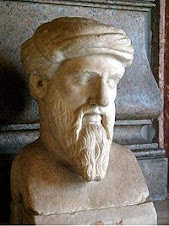


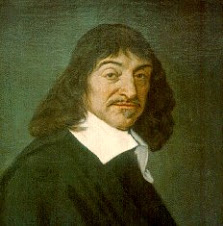

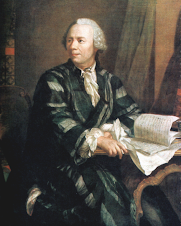
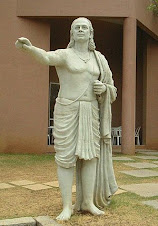

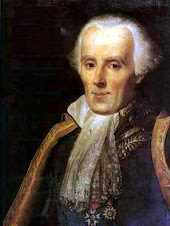




zero is niether odd nor even
ReplyDeleteEvery integer is either of the form (2 × ▢) + 0 or (2 × ▢) + 1; the former numbers are even and the latter are odd. For example, 1 is odd because 1 = (2 × 0) + 1, and 0 is even because 0 = (2 × 0) + 0.
DeleteYou may also refer following link:
http://en.wikipedia.org/wiki/Parity_of_zero
rocking information
ReplyDeletecongratulations whos ever it is
Thank you you saved my homework
ReplyDeleteThx u saved me form teacher bro thx dude
ReplyDeleteTHANK YOU!!!
ReplyDeletethx so much!
ReplyDelete